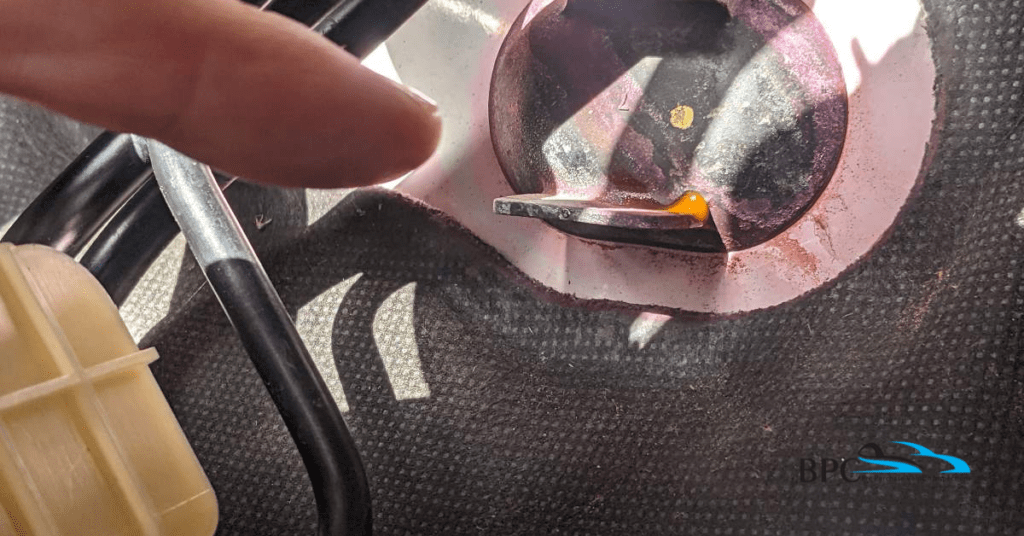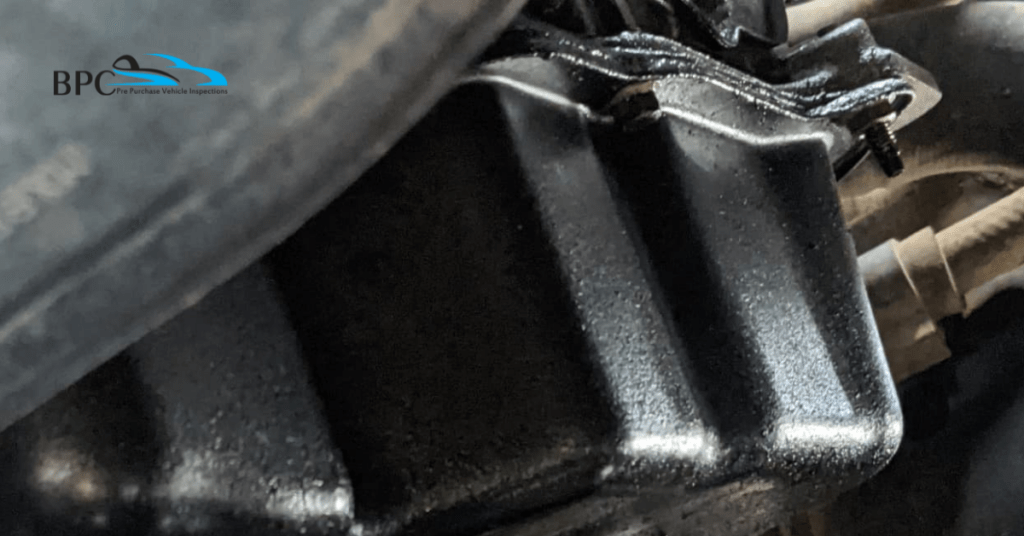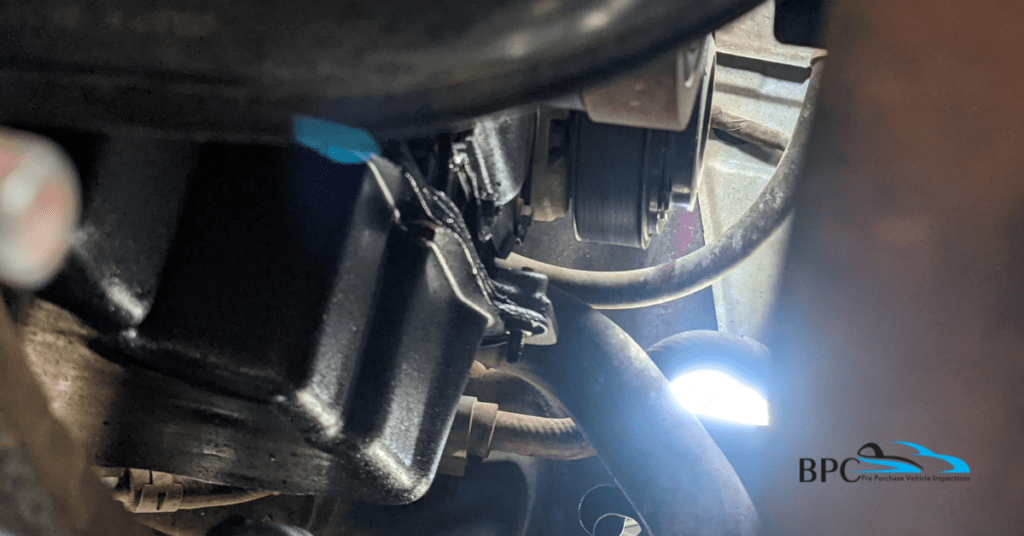Ford Ranger 3.2 engine problems and issues you can check yourself when buying any second-hand Ranger or BT-50 so you don’t buy a lemon.
In this article
Top 3 Ford Ranger 3.2 Engine Problems
Some well-known documented Ford Ranger problems are often referred to as textbook problems, including the Mazda BT-50.
Ford Ranger 3.2 Losing Coolant
Coolant loss, in a Ford Ranger may arise from areas. There are some common places to inspect for leaks including:
- Radiator: The radiator is frequently susceptible to coolant leaks. Leaks can occur due to corrosion, cracks or damage to the radiator.
- Hoses: Over time coolant hoses such as the lower radiator hoses, heater hoses and bypass hoses can develop leaks as shown in the images below.
- Water Pump: The water pump is responsible for circulating coolant throughout the engine. Leaks can happen at the water pump seal or if the water pump itself is damaged.
- Gaskets: The head gasket and intake manifold gaskets may experience leaks allowing coolant to mix with engine oil or escape externally.
- Heater Core: If there is a leak in the heater core it can cause coolant to seep into the vehicle interior. This is often noticeable by an odour resembling antifreeze inside the cabin.
- Expansion Tank: Cracks or leaks in the expansion tank (also known as the coolant reservoir) can lead to loss of coolant.
- Thermostat Housing: Gasket failure or housing damage can result in leaks at the thermostat housing.
- The temperature sensor for coolant: If the temperature sensor or its seal is faulty it can cause the coolant to leak.
- The lines that carry coolant: Over time different lines and connections that carry coolant can develop leaks.
It’s important to check your Ford Ranger for any indications of coolant leaks like puddles beneath the vehicle a decrease in coolant levels or problems with overheating. Taking action, against coolant leaks can prevent harm to the engine. Ensure that the vehicle runs smoothly and reliably.
Coolant Hoses Leaking



If you look around the passenger side of your Ford PX Ranger or Mazda BT-50 you will find various fuel hoses, airconditioning hoses and even cables going to the starter motor that have convoluted protector conduit on them.
Check that these hoses or cables are not rubbing on the auto transmission heat exchanger coolant hose or other heater hoses. If they are check for damage and have the coolant hoses replaced if necessary. Also, insulate the new coolant hoses and make sure the clips or fasteners that secure these hoses away from coolant hoses aren’t broken.
Ford Ranger 3.2 EGR Cooler Problems
For those who don’t know EGR is an acronym for Exhaust Gas Recirculation and sits at the back of the engine with 2 heater hoses connected. An inlet and outlet hose is used to cool exhaust gases in the engine.
The common problem is the EGR cooler is known to split internally causing coolant to leak externally and worse, internally into the combustion chamber causing hydrolock similar to what happens when you try and start a flood-damaged car. Major engine damage, like a cracked cylinder head or bent piston connecting rods. The EGR cooler set-up is similar to manufacturers of vehicles that use the engine’s coolant to flow through an automatic transmission heat exchanger and if it splits, corrodes or cracks the engine coolant mixes with the automatic transmission oil.
Unsealed 4X4 magazine mentions a specialist workshop can test the EGR cooler.
A specialist workshop will be able to test your EGR to see whether it’s leaking or not. The test involves pumping fluorescent fluid into the EGR assembly, pressurising the EGR to beyond its normal operating pressure and checking for leaks with a fluorescent light.
Unsealed 4×4
Ford Ranger 3.2 Timing Cover Oil Leak
The pre-purchase conducted by BPC Auto Inspect on this Ford Ranger at a large reputable car dealer has revealed an oil leak originating from the front of the engine. The oil is seeping from the area around the front timing cover. If you notice a significant accumulation of oil in one spot, I recommend cleaning the entire area and closely monitoring the leak to identify its source. Possible culprits may include the timing case oil seal, timing cover gasket, or sump gasket.


Buying a Used Ford Ranger
The P5AT engine, a 3.2L turbo diesel engine used in Ford Ranger and Mazda BT 50 vehicles, is known to encounter other common issues, especially as the mileage increases:
- Injector problems – This issue may lead to excessive fuel entering the cylinder due to a faulty injector, potentially causing damage to the piston. It’s recommended to maintain and replace injectors around the 100,000km mark regularly.
- Oil pump concerns – Some reports have highlighted design flaws in the oil pump that could result in issues, particularly if oil changes are not performed correctly.
- Other potential issues – Additional reported problems involve challenges with the glow plug control unit and crankshaft sensor.
In my Ryco Catch Can Review I help buyers understand why short trips around the city make getting a major engine service on diesel engines at 100,000km more important.
Ford Ranger Years to Avoid
There are two schools of thought on Ford Ranger years to avoid in Australia, with some nuance depending on the specific engine:
Generally Less Reliable Years
1999 & 2001 – These earlier Rangers had reported issues like engine gauges (1999) and transmission problems (2001).
PX Ranger (2011-2018) with 3.2L Engine – While the PX Ranger is generally well-regarded, the 3.2L five-cylinder turbo-diesel (P5AT engine) can be problematic. These engines seem to require stricter maintenance compared to other Rangers. Issues can include injector failure, oil pump problems, and other potential concerns.
Finding a Reliable Ranger
- 2.2L or 2.5L Engines in PX Rangers – These engines tend to be more reliable than the 3.2L option, though they may lack some power and features.
- Pre-PX Rangers – Many sources consider these, particularly 1988, 2000, and 1986, as reliable choices, but remember a well-maintained vehicle of any year is important.
- Remember – Regardless of year, a pre-purchase inspection by a mechanic is crucial to assess any specific vehicle’s condition.
*Some links in this post are affiliate links, which means we may earn a commission at no extra cost to you. Please refer to our disclaimer for more info.




